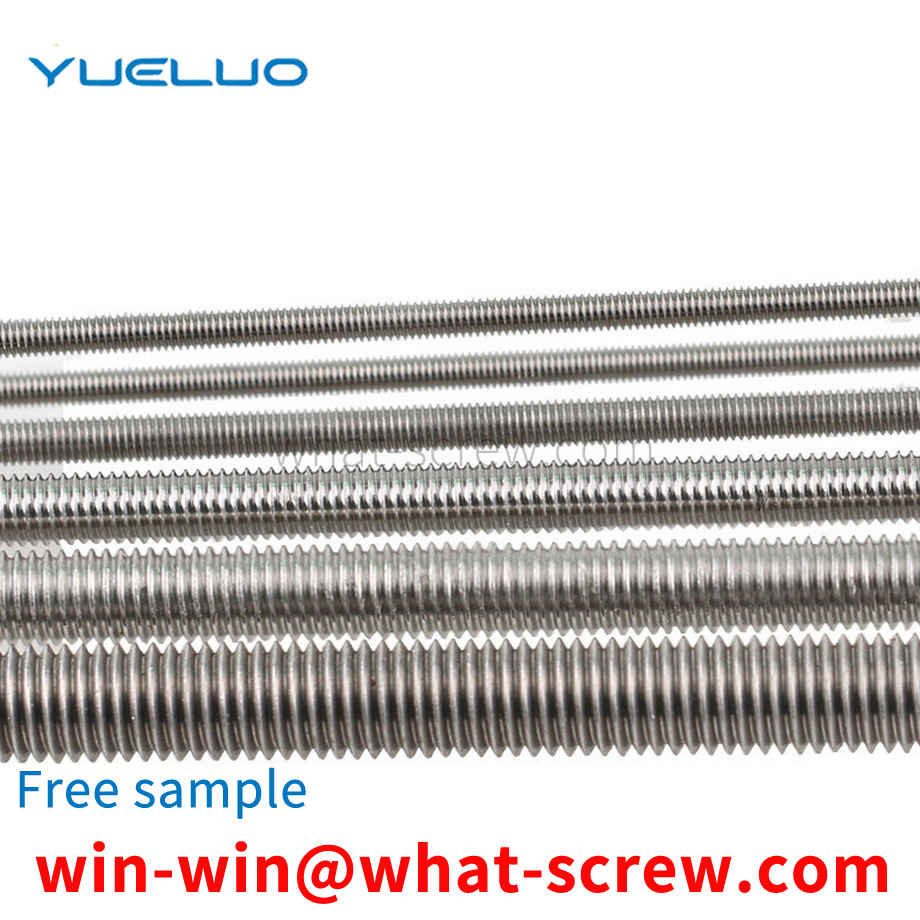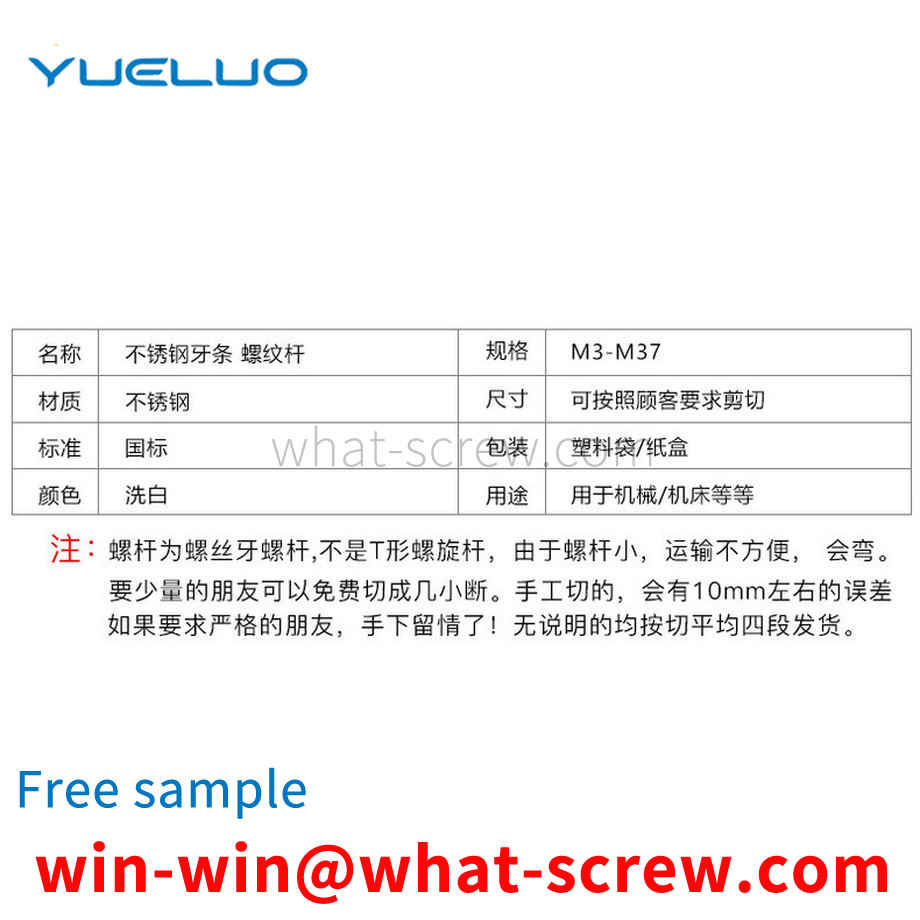In order to meet the needs of different assembled installation components, there are also hand-tightening methods for tightening the screws, but in actual use, ordinary manual screws can easily cause hand pain to the user, and the operation is extremely inconvenient; at the same time, due to tightening The contact area between the screw and the installation component is too small. If the user exerts too much force, the uneven force per unit area of the installation component will cause deformation and depression, which will affect the use. Therefore, a manual screw is proposed to solve the above problems.
screw grooving device comprises a workbench, a vibrating plate is arranged on the upper part of the workbench, a conveying device is arranged below a discharge port of the vibrating disc, the slotting device is arranged on one side of the conveying device, and the slotting device is provided with a reciprocating device. When the movement is extended, the cutting wheel can be used for grooving the screws in the conveying device, and the grooving device is also fixedly provided with a fixed wheel for grinding the grooved screws.
The heating bolt pre-stretching method makes the bolt pre-stretch to the required deformation amount by heating, and then tighten the nut. After cooling, the bolt is shortened and the connection is pre-tightened. This is a commonly used fastening method in infrastructure installations. However, it is not suitable for devices that often need to be disassembled and adjusted, because during the disassembly process, the connected parts will be heated and elongated together with the bolts, and the use of open flame heating will be limited in some occasions; the use of electric heating will make the structure of the screw It becomes complicated and increases the investment, and even if it is difficult to disassemble, such as the propeller shaft of the ship, etc., the heating method is not suitable.
The lifting ring screw should be made of 20 or 25 steel (GB699). The lifting ring screw must be forged as a whole. The forgings should be normalized and the oxide scale should be removed. The grain size of the finished product should not be lower than grade 5 (YB27-77). There must be over-burning, crack defects.
Stainless steel fastener product size standards: specify the content of the basic size of the product; threaded products. Not the standard in terms of product technical conditions. Specifically, it includes the following standards: Standard for fastener product tolerance: specifies the content of product size tolerance and geometric tolerance. Standards for mechanical properties of fastener products: specify the marking method of product mechanical property grades, as well as the content of mechanical property items and requirements; some fastener products change this content to product material properties or work performance. content. Standards for surface defects of fastener products: specify the types of surface defects and specific requirements of products. Surface treatment standards for fastener products: specify the types and specific requirements of product surface treatment. Fastener product test standards: specify the test content of the above-mentioned various performance requirements. Standards for product acceptance inspection, marking and packaging of stainless steel fasteners: Standards for fastener product marking methods: specify the content of complete product marking methods and simplified marking methods. Other standards for stainless steel fasteners: such as fastener terminology standards, fastener product weight standards, etc.
We have many years of experience in the production and sales of screws, nuts, flat washers, etc. The main products are: carbon steel nuts, built-in bolts, large countersunk head rivet nuts, single-ear washer nuts and other products, we can provide you with suitable fasteners for you. Firmware Solutions.



















 Service Hotline
Service Hotline




